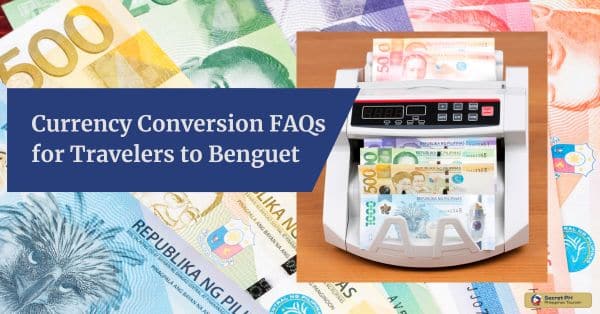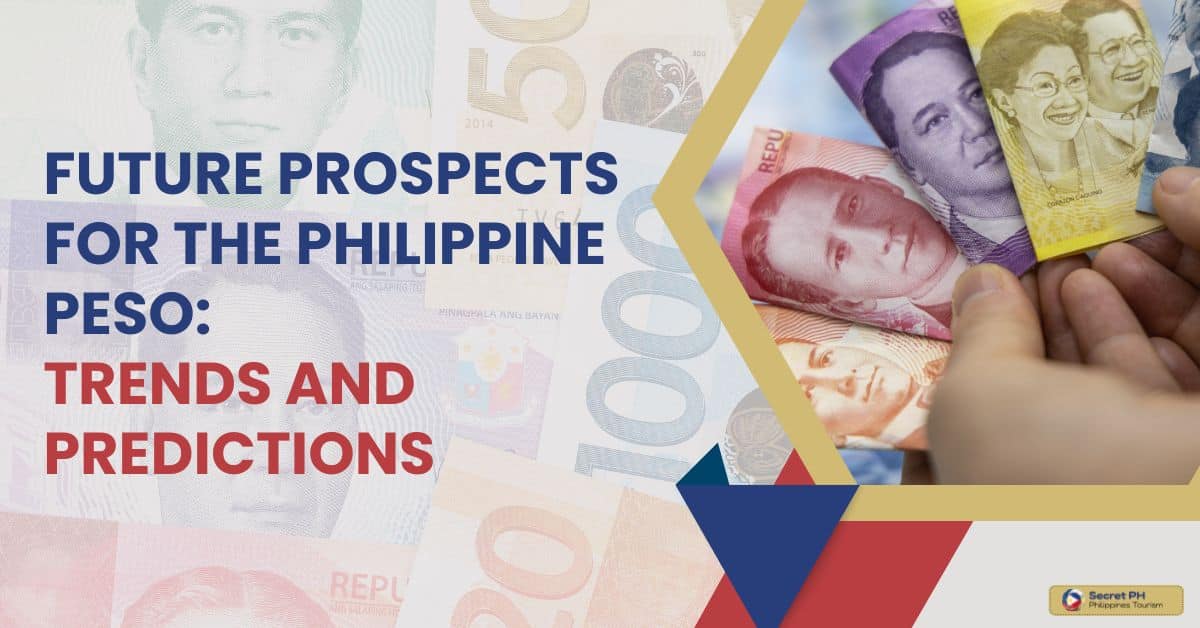Currency exchange is an important part of any international travel, and the Philippines is no exception. Knowing how to convert pesos into other currencies can be a bit daunting if you are unfamiliar with the process.
When converting Philippine pesos to other currencies, it’s important to understand exchange rates and fees. Popular currencies for conversion in the Philippines include the US dollar, Euro, and Japanese yen. Options for currency exchange include banks, money changers, and online exchanges.
This guide will provide helpful information on factors that affect currency exchange rates, understanding the Philippine peso, popular currencies for conversion in the Philippines, where to exchange currency in the Philippines, exchange rates and fees, tips for currency exchange in the Philippines, and online currency exchange options.
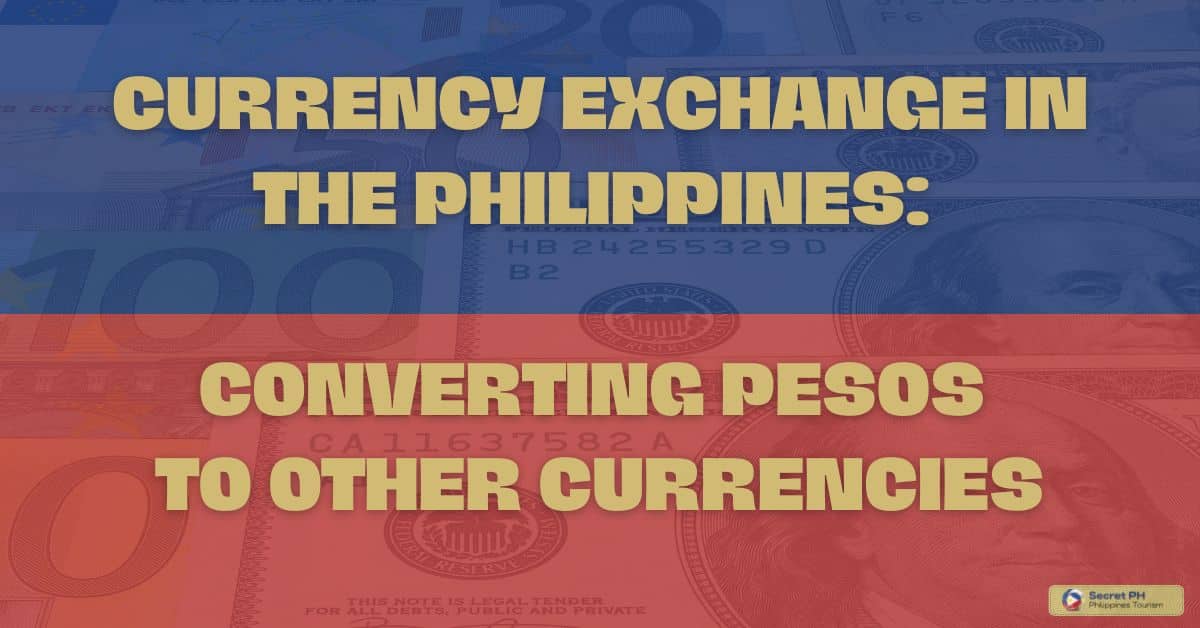
Factors Affecting Currency Exchange Rates
Currency exchange rates are determined by a multitude of factors that determine how much one currency is worth in comparison to another. The primary variables affecting currency exchange rates include economic stability, political events, supply and demand, inflation, and market speculation.
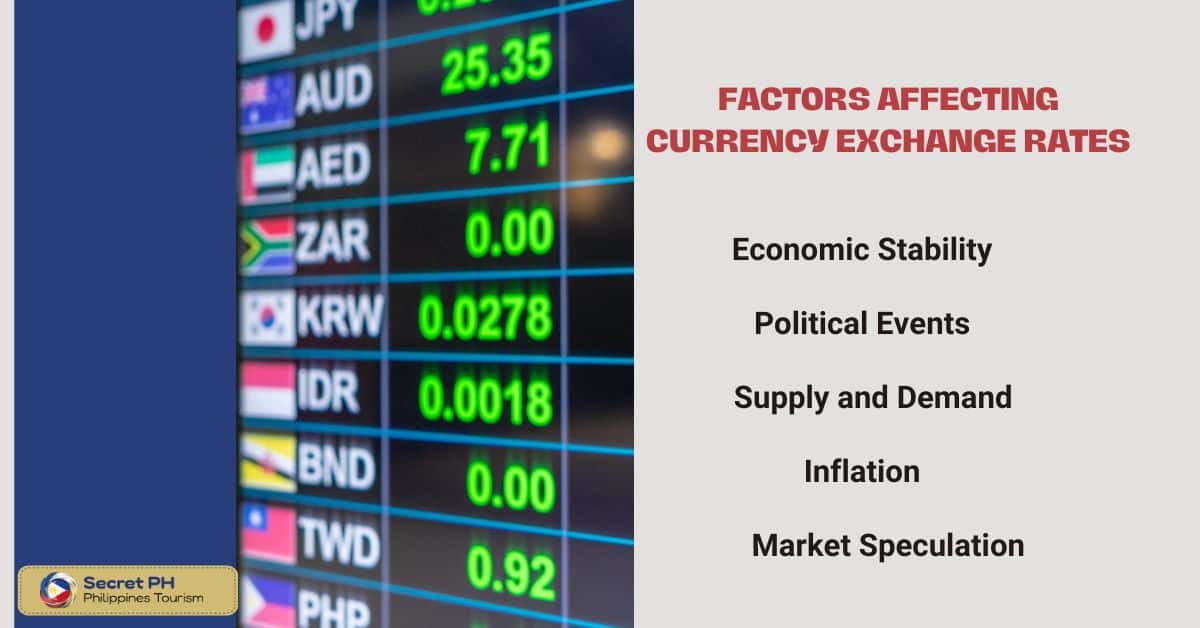
Economic Stability
When looking at the economic stability of a country or region, currency exchange rates will likely be affected. A strong economy usually means the currency of that country is worth more than those with weaker economies. This is because investors have greater confidence in the long-term stability of the currency if the country’s fundamentals are strong.
Political Events
Political events can also have an impact on currency exchange rates. Unstable governments tend to lead to an increase in volatility in their currencies which could result in devaluations or revaluations depending on geopolitical changes, such as war or elections. In addition, policy changes from central banks can also affect the relative strength of currencies.
Supply and Demand
The supply and demand for a particular currency influence its value relative to other currencies around the world. When there is more demand for goods purchased in a certain currency that is available for sale then its value increases compared to other currencies. On the flip side, when there is too much production and not enough consumption then it depreciates relative to other currencies being traded internationally.
Inflation
Inflation affects currency values over time because it affects how much goods cost within a given economy as well as relative costs between countries using different national currencies. If one country experiences higher inflation than another then its citizens have less purchasing power when buying imported goods denominated in another currency and so its value will decrease over time relative to those other countries’ fiat monies.
Market Speculation
Market speculators often drive up or down the value of foreign exchanges through their trading activity which can affect what rate one must pay for a given amount of foreign money. This movement can be based on perceived trends rather than fundamental analysis and therefore can often lead to greater swings in prices over short periods of time.
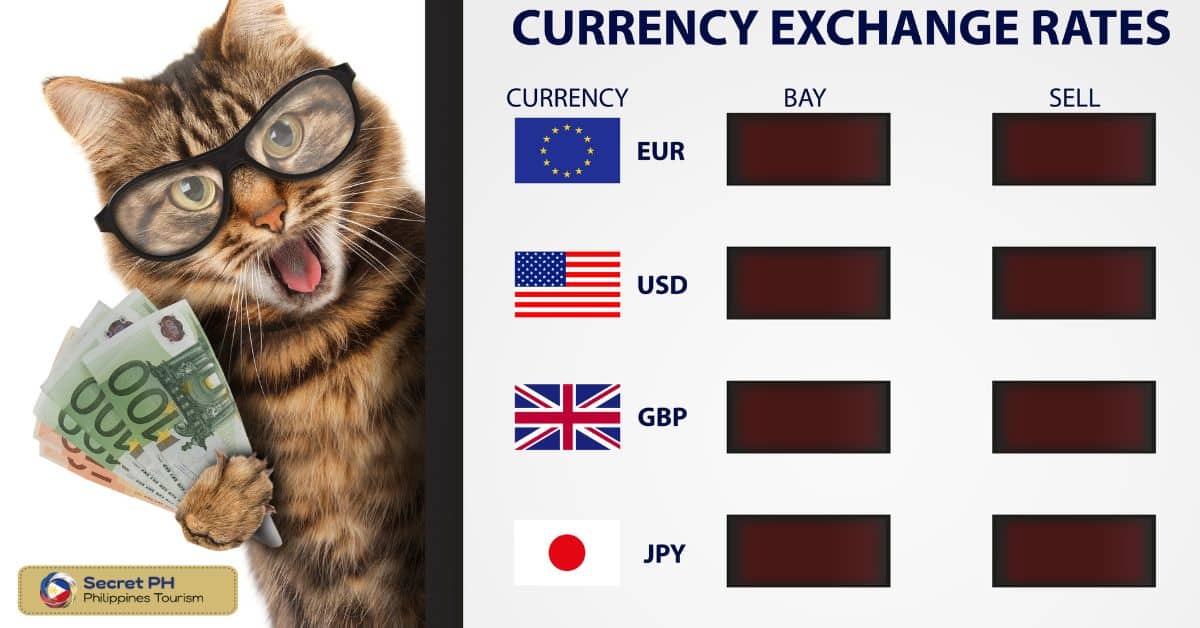
Understanding the Philippine Peso
The Philippine peso (₱ or PHP) is the national currency of the Philippines. The peso has been around since 1852 and is subdivided into 100 centavos. It’s currently pegged to a basket of currencies and is one of the most traded Asian currencies in foreign exchange markets, making it an important part of the country’s financial system.
The peso is a floating currency, meaning it’s subject to market forces related to supply and demand. The Banko Sentral ng Pilipinas (BSP) sets the exchange rate of the peso based on its own internal monetary policies as well as external factors such as global economic conditions. The BSP also works to maintain the stability of the peso by engaging in foreign exchange interventions when necessary. This helps keep the value of the peso relatively stable compared to other currencies around the world.
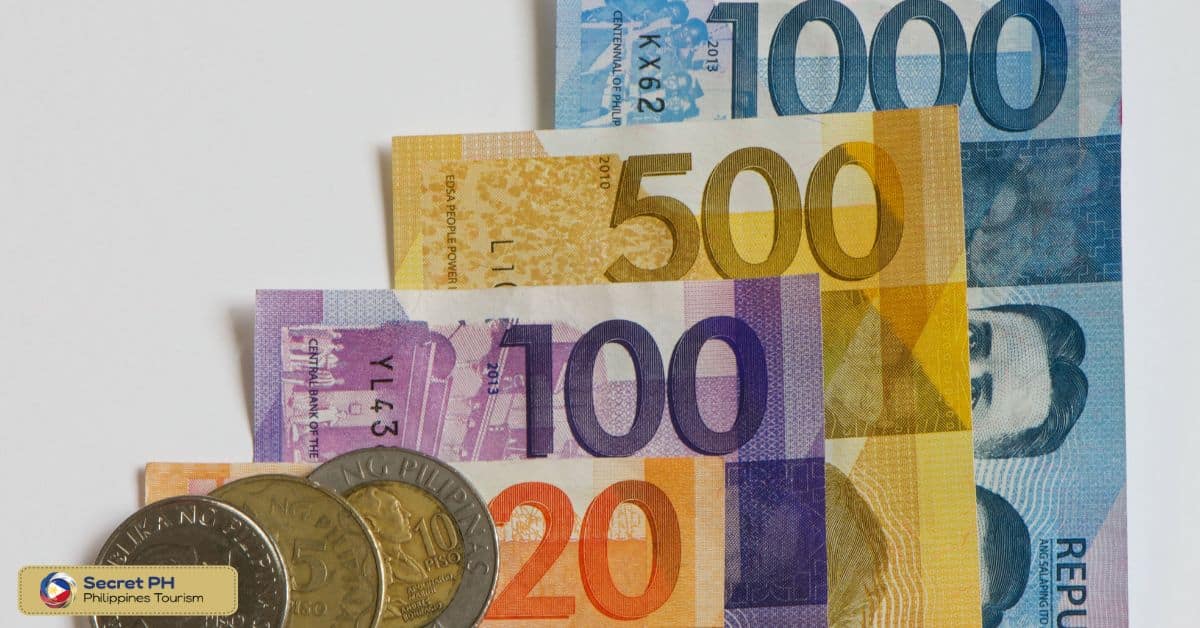
Popular Currencies for Conversion in the Philippines
When traveling to the Philippines or sending money abroad from the country, exchanging currency is an important part of the process. Knowing which currencies are popular for conversion can help you understand exchange rates and fees before you begin. This guide will provide helpful information on popular currencies for conversion in the Philippines and tips for finding the best rate when exchanging currency.
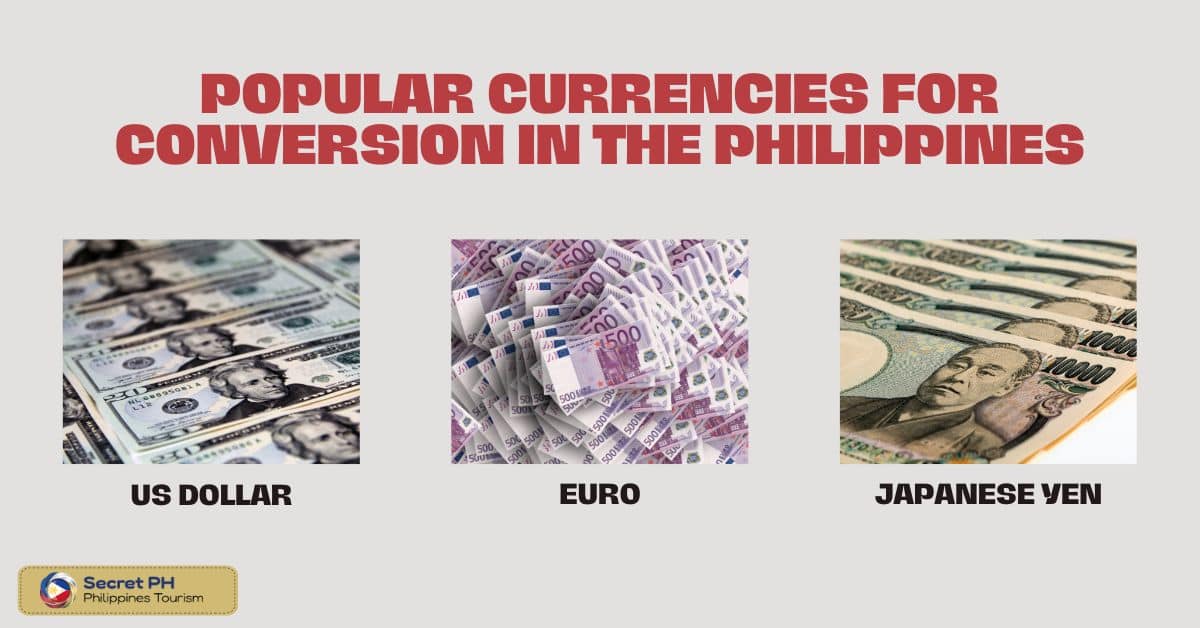
US Dollar
The US dollar (USD) is the most popular foreign currency for conversion in the Philippines. The USD is widely accepted and used in many international transactions, making it an ideal choice when exchanging money in the Philippines. It also has a strong reputation as a reserve currency, meaning investors tend to flock to US dollars as a safe haven when economic turmoil strikes.
Euro
The Euro (EUR) is the second most popular currency for conversion in the Philippines. It is the official currency of 19 countries in the European Union and has become increasingly popular for international transactions. The Euro is also seen as a safe-haven currency and its large market share makes it an attractive option for exchanging currencies.
Japanese Yen
The Japanese yen (JPY) is the third most popular foreign currency for conversion in the Philippines. The yen is seen as a hedge against inflation and currency fluctuations, making it a popular choice for those looking to protect their money from market volatility. Additionally, many Japanese companies have operations in the Philippines and often use yen for transactions.
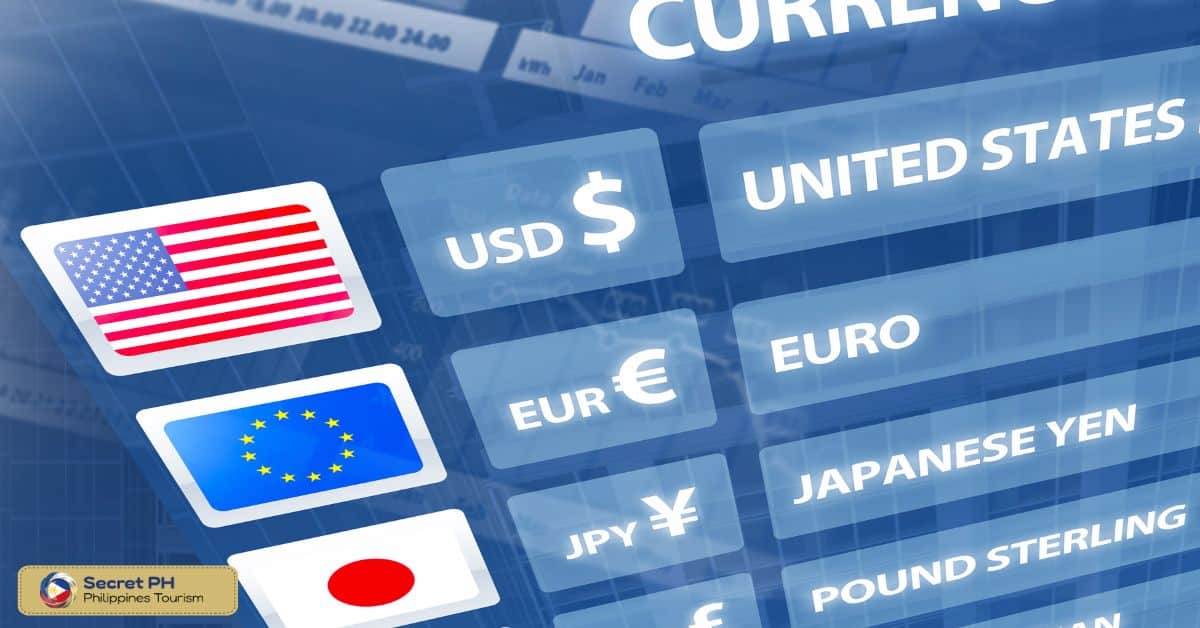
Where to Exchange Currency in the Philippines
When exchanging currency in the Philippines, there are a variety of options available. Here is an overview of the most popular methods for converting Philippine pesos to other currencies:
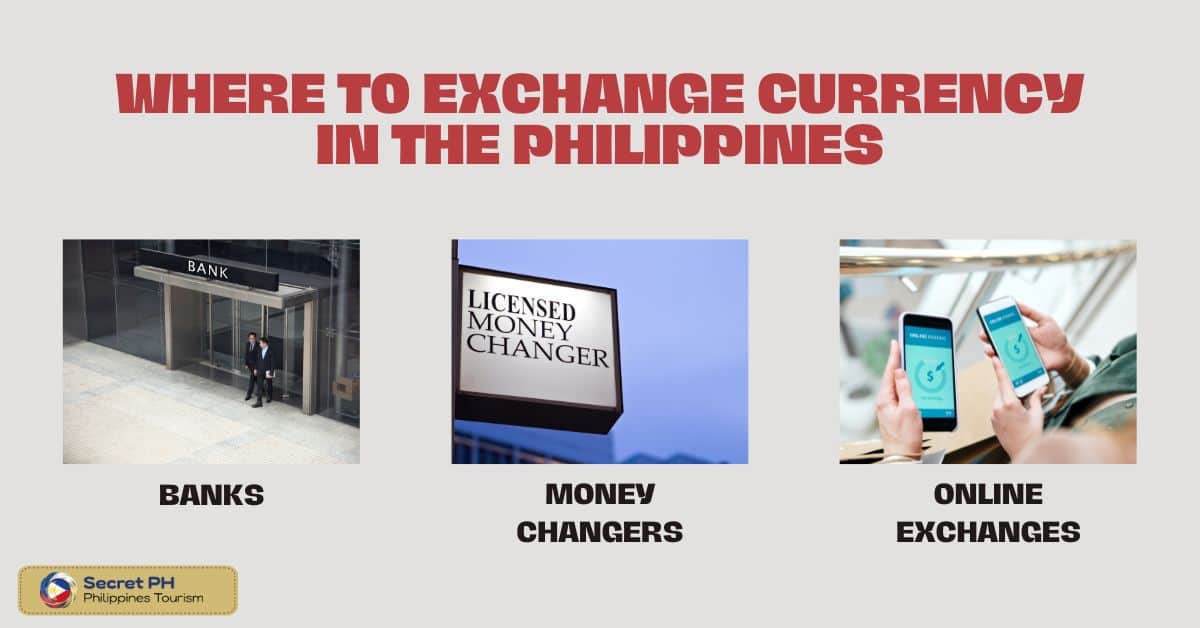
1. Banks– Many banks in the Philippines offer currency exchange services and can provide competitive rates depending on where you go. While larger institutions tend to have more options and better rates, they also tend to have longer wait times.
2. Money Changers– Money changers are another popular option for exchanging currency in the Philippines. These outlets are usually found in shopping malls and tourist areas and offer competitive exchange rates with low fees. The downside is that you often need to pay in cash, as many money changers don’t accept credit or debit cards.
3. Online Exchanges– An increasingly popular option for exchanging currency in the Philippines is online exchanges. These services offer competitive rates and fees, and some even allow you to lock in your rate before making a transfer. However, it’s important to do your research as not all online exchanges are reliable.
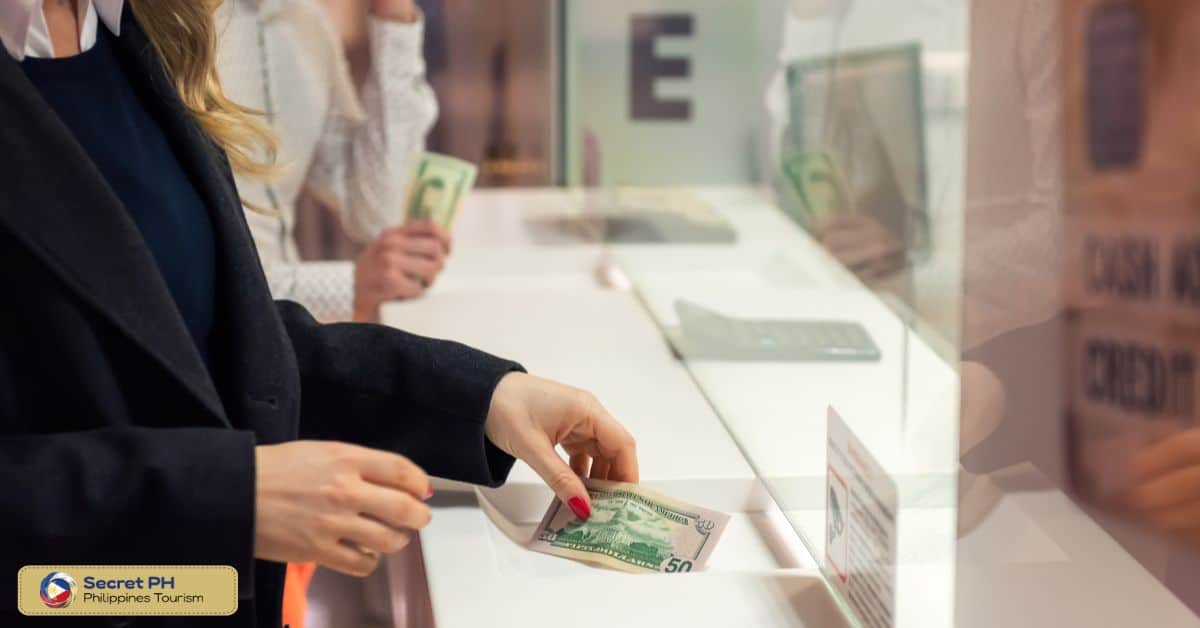
Exchange Rates and Fees
When exchanging currency in the Philippines, it’s important to understand exchange rates and fees. Exchange rates are determined by a variety of factors such as economic stability, political events, supply and demand, inflation, and market speculation. They can fluctuate rapidly over short periods of time so it’s important to keep an eye on the current rate before making a currency conversion.
Fees can also vary widely from one institution to another. Banks tend to have high fees because of their overhead costs, while money changers and online exchanges usually offer lower fees. It’s important to compare rates and fees before making a decision on where to convert your pesos.
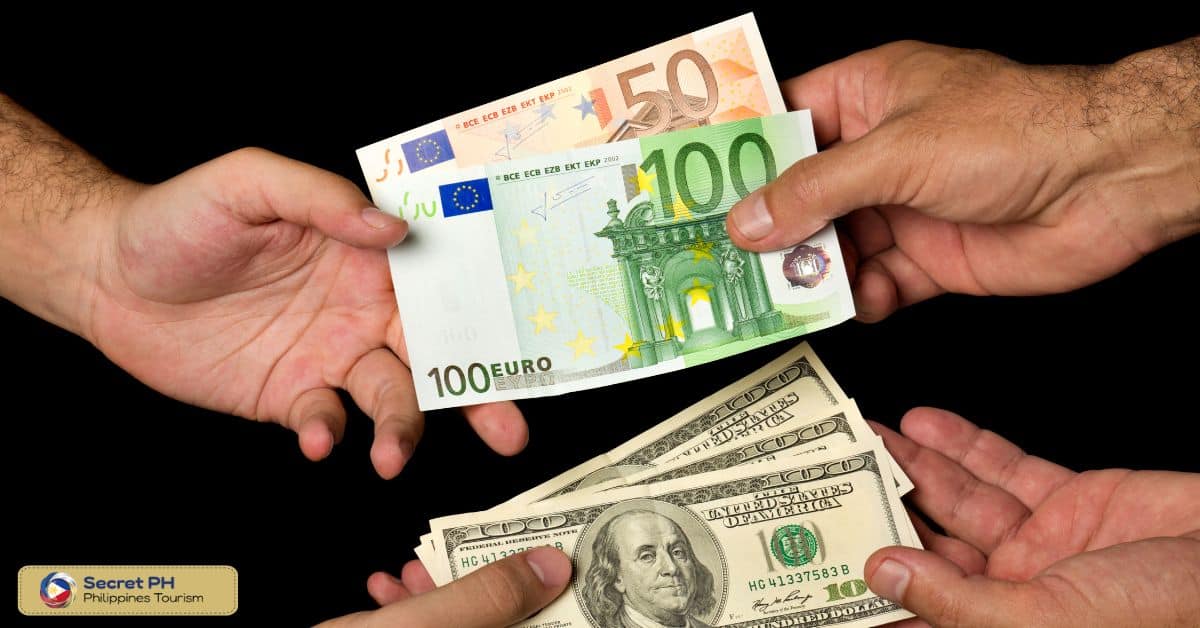
Tips for Currency Exchange in the Philippines
When exchanging currency in the Philippines, there are some tips that can help you get the best rate and avoid any unpleasant surprises when it comes time to pay. Here are a few of the most important ones:
Compare Rates: Make sure to shop around and compare rates before making a purchase. Different exchange outlets may offer different rates, so it pays to do your research beforehand.
Ask About Fees: Always make sure to ask about any additional fees that may be incurred when exchanging currency. Some outlets may charge commissions, transaction fees, or other hidden fees that can add up quickly.
Cash vs Credit/Debit: Depending on the exchange outlet, you may be able to use cash or cards to make your purchase. Credit and debit cards usually offer more competitive exchange rates but some places only accept cash so make sure to ask beforehand.
Use Online Exchanges: Online exchanges are becoming increasingly popular for currency exchange in the Philippines. These services offer competitive rates and fees, and some even allow you to lock in your rate before making a transfer. However, it’s important to do your research as not all online exchanges are reliable.
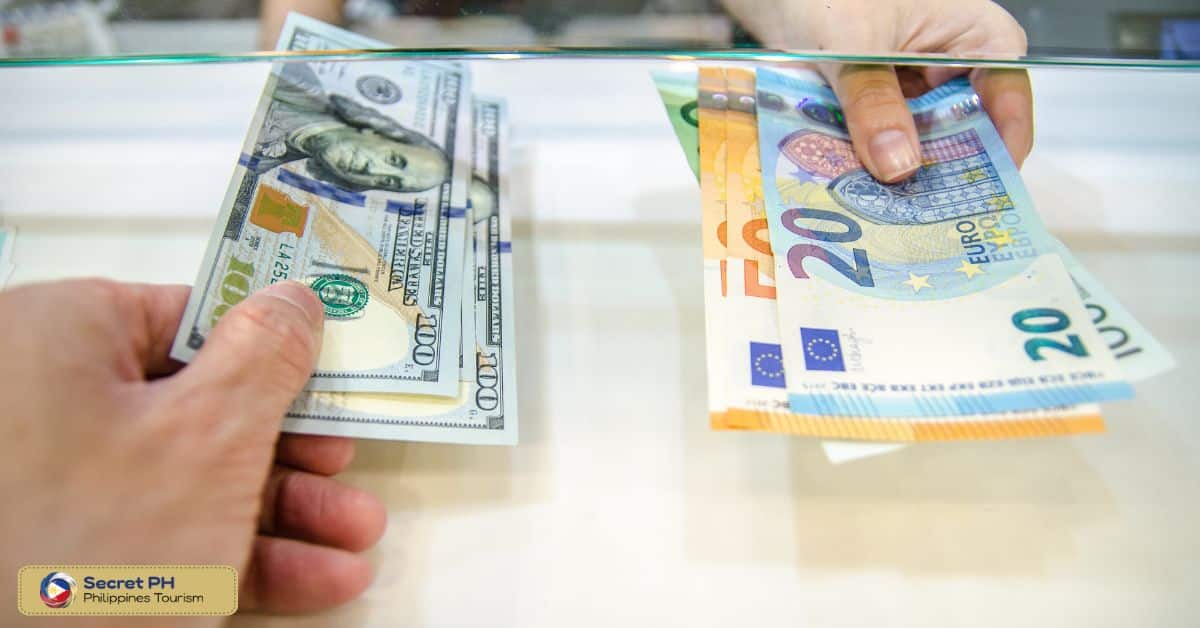
Online Currency Exchange Options
In addition to banks and money changers, there are a variety of online currency exchange options available in the Philippines. These services allow you to buy and sell foreign currencies from the comfort of your home or office. Popular online exchanges include Remitly, WorldRemit, XE Money Transfer, and OFX. Keep in mind, however, that these services often charge higher fees than banks or money changers.
Overall, currency exchange in the Philippines can be a bit daunting if you are unfamiliar with the process. However, understanding exchange rates and fees as well as popular currencies for conversion can help make the process smoother. With this guide, you should now have all the information you need to successfully convert your Philippine pesos into other currencies.

In conclusion
Currency exchange in the Philippines is an important part of international travel and business. Understanding exchange rates, popular currencies for conversion, where to convert your pesos, fees associated with exchanges, and tips for getting the best rate can help make the process smoother.
With this guide, you now have all the information you need to successfully convert Philippine pesos into other currencies.

